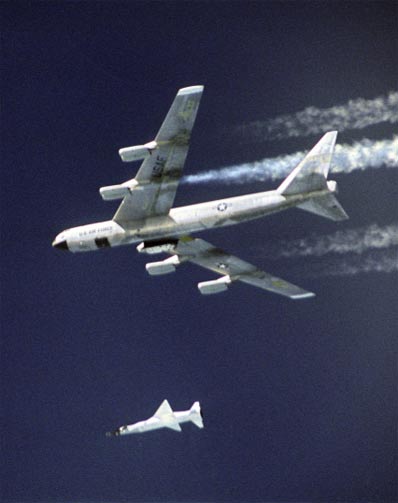
Spaceflight Now +

|

|

|

|

Premium video content for our Spaceflight Now Plus subscribers.

Station status report
 International Space Station program officials hold a status briefing Dec. 9 on the progress of Expedition 10. They discussed the food supply concerns and many other topics. (52min 53sec file) International Space Station program officials hold a status briefing Dec. 9 on the progress of Expedition 10. They discussed the food supply concerns and many other topics. (52min 53sec file)
 Play video Play video

John Young tribute
 A gala at the National Air and Space Museum pays tribute to retiring space pioneer John Young. America's most experienced astronaut is leaving NASA this month after an extraordinary 42-year career. (1hr 24min file) A gala at the National Air and Space Museum pays tribute to retiring space pioneer John Young. America's most experienced astronaut is leaving NASA this month after an extraordinary 42-year career. (1hr 24min file)
 Low | High bandwidth Low | High bandwidth

Shuttle program update
 Space shuttle program manager Bill Parsons, deputy program manager Wayne Hale and integration manager John Casper hold a news conference in Houston on Monday to provide an update on Return to Flight work. (61min 35sec file) Space shuttle program manager Bill Parsons, deputy program manager Wayne Hale and integration manager John Casper hold a news conference in Houston on Monday to provide an update on Return to Flight work. (61min 35sec file)
 Play video Play video

Shuttle work
 This collection of footage illustrates activities underway throughout NASA on the external tank, orbiter in-flight inspection techniques and pre-launch processing work at the Cape. (9min 05sec file) This collection of footage illustrates activities underway throughout NASA on the external tank, orbiter in-flight inspection techniques and pre-launch processing work at the Cape. (9min 05sec file)
 Play video Play video

This date in history
 The Space shuttle Endeavour lifts off at 4:26 a.m. on December 2, 1993 for the daring mission to fix the flawed vision of NASA's Hubble Space Telescope. (3min 44sec file) The Space shuttle Endeavour lifts off at 4:26 a.m. on December 2, 1993 for the daring mission to fix the flawed vision of NASA's Hubble Space Telescope. (3min 44sec file)
 Play video Play video

 Become a subscriber Become a subscriber
 More video More video

|

|

|

|
|

|

NASA's famed B-52B 'mothership' aircraft to retire
NASA NEWS RELEASE
Posted: December 12, 2004
Having dropped advanced flight research vehicles rather than bombs over an illustrious career
spanning nearly a half century, NASA's B-52B "mothership" air-launch aircraft is being retired.

The Pegasus rocket and X-43A fall away from B-52 carrier jet during the hypersonic test launch in March. Credit: NASA/Jim Ross
|
The Air Force Flight Test Center and NASA Dryden Flight Research Center will jointly host a formal
retirement ceremony for the revered aircraft at 10 a.m. on Dec. 17, 2004 at NASA Dryden, located on
Edwards Air Force Base, Calif. The ceremony will include a formal transfer of the B-52B by NASA
Dryden center director Kevin Petersen to Brig. Gen. Curtis M. Bedke, commander of the Air Force
Flight Test Center, for its final disposition. Tentative plans call for placing the aircraft on
permanent display at Edwards AFB.
Operated by NASA Dryden for most of its lifetime, NASA's venerable B-52B has participated in some
of the most significant projects in aerospace history. At retirement, the air launch and research
aircraft holds the distinction of being NASA's oldest aircraft, as well as being the oldest B-52
still flyable. At the same time, it has the lowest number of flying hours of any B-52 in operation,
having been used exclusively in the role it has continued to perform so reliably for nearly 50
years.
Bearing NASA tail number 008, the B-52B first flew in June 1955 and was flown by the Air Force in
the B-52 test program for several years before it was modified to support the X-15 research
aircraft program at NASA Dryden in 1959. It flew its last research mission Nov. 16, 2004, launching
the scramjet-powered X-43A on its record Mach 9.6 flight over the Pacific Ocean.
|

|

|

|
|



